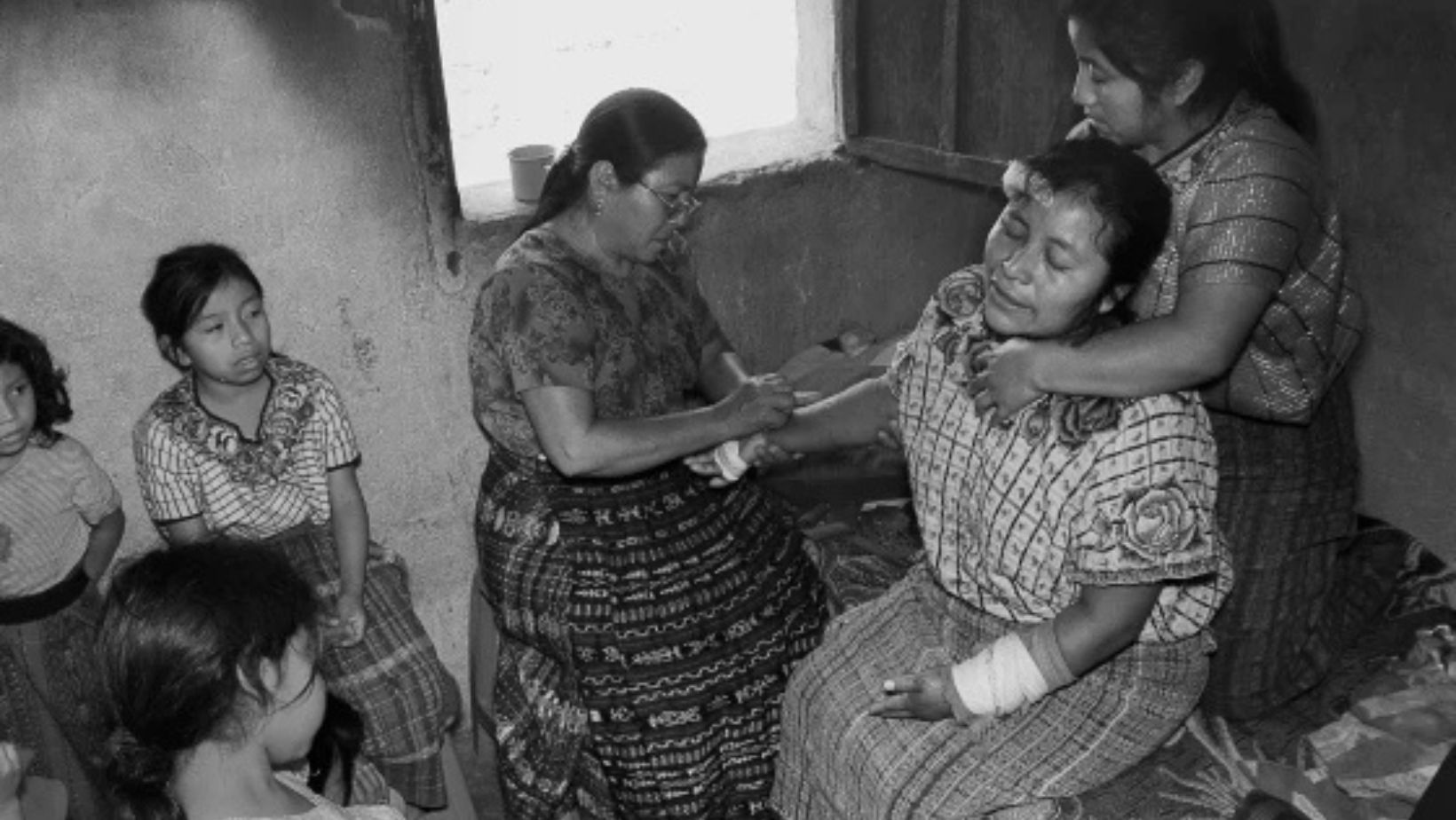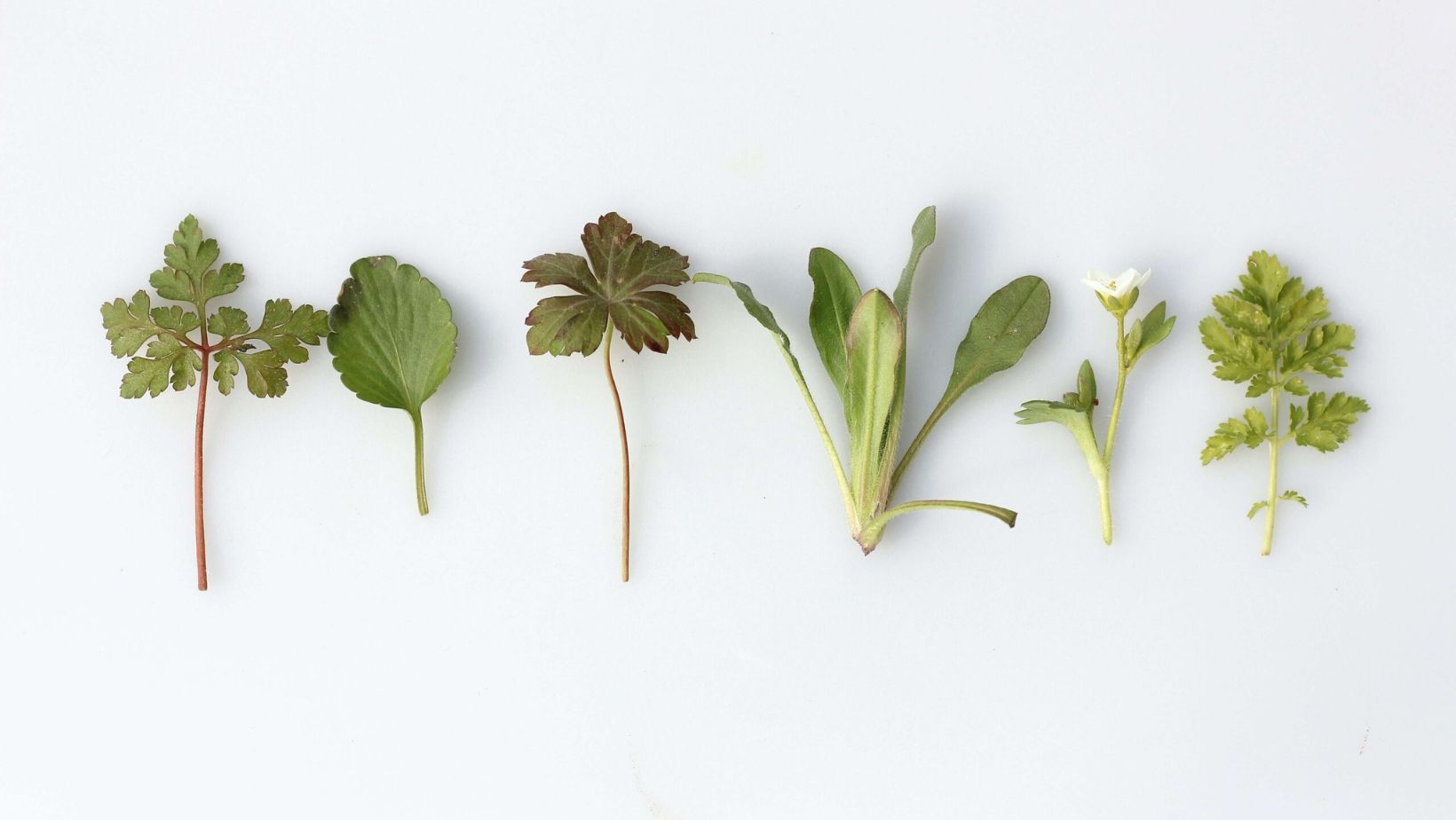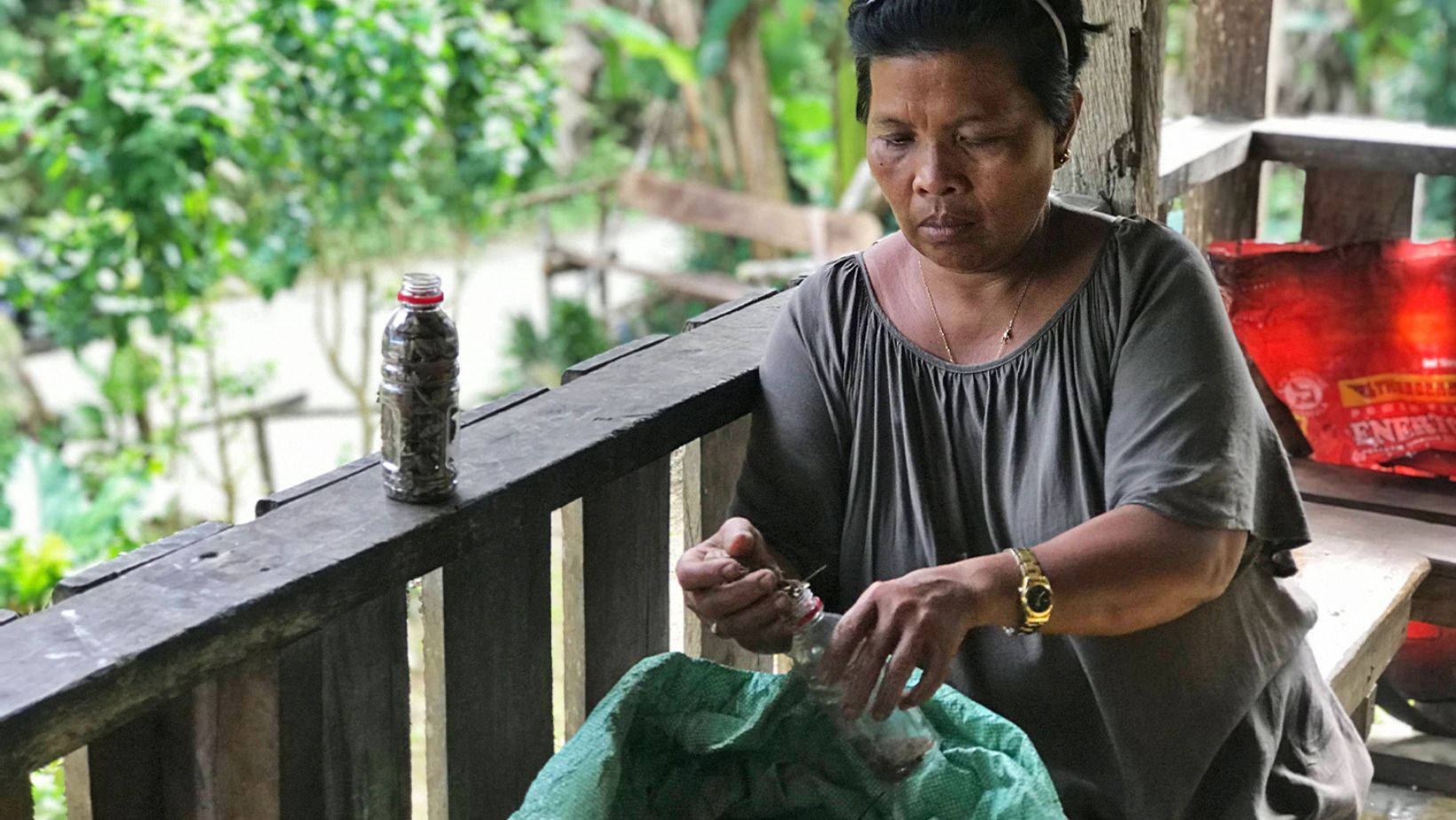Mayan medicine is a fascinating blend of ancient wisdom and spiritual beliefs. For the Maya, healing wasn’t just about treating physical ailments; it was deeply intertwined with their cultural identity and spirituality. Healers, known as shamans, played crucial roles in their communities, using a mix of herbal remedies, rituals, and prayers to restore balance and health. This holistic approach reflects the Maya’s understanding of the interconnectedness of body, mind, and spirit. As we explore the practices and significance of Mayan medicine, we’ll uncover the rich traditions that have endured through centuries, offering valuable insights into the ancient world of healing.
Historical Context of Maya Healing: Mayan Medicine

Mayan healing practices were integral to their society, deeply rooted in spirituality and cultural beliefs. The Maya viewed health as a balance between physical, emotional, and spiritual well-being. Illness was often seen as a disruption of this balance, caused by supernatural forces or misaligned energies. As a result, healers, or shamans, held significant authority and respect within communities.
Shamans acted as intermediaries between the physical and spiritual worlds. They performed rituals and used traditional remedies to address both physical symptoms and spiritual ailments. These practices often involved prayers, offerings, and ceremonies to appease the gods or spirits. The healing process was as much about restoring harmony as it was about treating the body.
Medicine was also closely linked to the Maya’s agricultural practices. Many medicinal plants were sourced from their environment, showcasing their deep connection to nature. Knowledge of these plants was passed down through generations, emphasizing the importance of preserving this wisdom. Overall, the historical context of Maya healing highlights the intricate relationship between health, spirituality, and the natural world.
The Maya Understanding of Health and Disease: Mayan Medicine
The Maya had a unique understanding of health and disease that blended physical and spiritual elements. They believed the body was a complex system where physical health was intertwined with emotional and spiritual well-being. Any illness was seen as a disturbance in this balance, often caused by external factors such as supernatural forces, environmental conditions, or even personal transgressions.
Health was not just the absence of disease; it was a state of harmony within the individual and their community. The Maya used a holistic approach to healing, recognizing the importance of mental and spiritual health alongside physical symptoms. For example, emotional distress could manifest as physical ailments, leading healers to address both aspects during treatment.
Illness was often associated with specific spiritual beliefs, such as curses or the displeasure of gods. As a result, rituals and offerings were common practices to restore balance. This perspective on health and disease emphasizes the Maya’s deep connection to their spirituality, nature, and community, showcasing their comprehensive approach to well-being. Their understanding of health continues to influence traditional practices today.
Key Figures in Maya Medicine
In Maya society, key figures in medicine were shamans and healers, who played vital roles within their communities. Shamans were often viewed as spiritual leaders, possessing deep knowledge of the natural and supernatural worlds. They acted as intermediaries, using rituals and ceremonies to connect with deities and spirits for healing purposes. Their training typically involved extensive apprenticeship under experienced practitioners.
Healers, known as “h’men” or “h’menel,” specialized in physical ailments. They used a combination of herbal remedies, massage, and spiritual practices to treat various illnesses. These healers relied on their understanding of medicinal plants and the human body. Their role was crucial, especially in rural areas where access to formal medical care was limited.
Both shamans and healers were essential for community well-being. They not only treated physical and spiritual ailments but also provided guidance and support during difficult times. Their reputation depended on their ability to heal, which was often reinforced through word of mouth. Overall, the contributions of shamans and healers highlight the importance of traditional medicine in maintaining health and harmony in Maya culture.
Common Healing Practices: Mayan Medicine
Mayan healing practices involved a variety of rituals and herbal remedies tailored to treat both physical and spiritual ailments. Rituals were central to the healing process and often included offerings to gods or spirits, prayers, and chanting. These ceremonies aimed to restore balance and invoke divine assistance in the healing journey. Healers would also perform cleansings using smoke from sacred plants, such as copal, to purify the individual and the surrounding environment.
Herbal remedies were fundamental to Mayan medicine. The Maya had extensive knowledge of local flora, utilizing over 200 plants for medicinal purposes. Common herbs included echinacea for immune support and chamomile for soothing ailments. Healers would prepare teas, poultices, and tinctures, often combining multiple herbs to enhance their effectiveness.
Acupuncture and massage were also popular practices. Healers used their hands to apply pressure to specific points on the body, promoting circulation and relieving pain. Overall, these common healing practices reflect the Maya’s holistic approach to health, blending spiritual, physical, and environmental elements to achieve well-being. Their deep connection to nature and spirituality remains a testament to the richness of their medicinal traditions.
The Use of Plants in Mayan Medicine

Plants played a crucial role in Mayan medicine, with healers relying on their therapeutic properties for various ailments. One significant medicinal plant is arnica, known for its anti-inflammatory effects. It was often used to treat bruises, sprains, and muscle pain, providing relief through topical applications.
Chaya, also called “tree spinach,” is another important plant. Rich in nutrients, it was used to boost overall health and treat digestive issues. The leaves can be cooked or consumed as a juice, making it a versatile remedy.
Aloe vera was prized for its soothing properties. The gel from its leaves was applied to burns, cuts, and skin irritations, promoting healing and reducing discomfort. This plant’s use continues in modern medicine today.
The moringa tree was also significant, known for its nutritional value and medicinal benefits. Its leaves, seeds, and pods were used to enhance energy levels, support immune function, and provide essential vitamins.
Overall, these plants illustrate the Maya’s deep knowledge of their environment. Their use of native flora not only reflects a strong connection to nature but also showcases their innovative approaches to health and healing.
Spiritual Aspects of Healing: Mayan Medicine
The spiritual aspects of healing are integral to Maya medicine. The Maya believed that health was not just a physical condition but also a reflection of spiritual well-being. When individuals fell ill, it was often thought that their spirit had been disturbed or that negative energies were at play. This belief underscored the need for both physical and spiritual healing.
Rituals and ceremonies played a significant role in addressing these spiritual issues. Healers, or shamans, would perform specific rites to cleanse individuals of bad spirits or negative influences. These rituals often involved offerings, prayers, and the use of sacred objects to invoke the help of deities. The aim was to restore balance and harmony, essential for healing.
Moreover, the Maya viewed the cosmos as interconnected. They believed that celestial events could impact human health. For instance, specific alignments of planets might signify times for healing or illness. This holistic view illustrates how spirituality and health were intertwined, emphasizing the importance of both physical and spiritual care in the healing process. Overall, understanding these spiritual aspects enriches our appreciation of ancient Maya healing practices.
Diagnosis and Treatment Methods: Mayan Medicine
Mayan healers employed various methods to diagnose illnesses. They often began with careful observation, noting physical symptoms and behaviors. Healers would ask questions about the patient’s life, diet, and any recent events that might have contributed to their condition. This holistic approach helped them understand the individual’s overall health.
Once diagnosed, treatment methods varied based on the illness. Herbal remedies were commonly prescribed, utilizing plants known for their medicinal properties. For example, healers might use chaya for digestive issues or arnica for pain relief. These plants were prepared in various forms, such as teas, poultices, or infusions.
In addition to herbal treatments, Mayan healers performed spiritual rituals. These rituals were intended to restore balance and harmony to the patient’s life. They might include ceremonies, offerings, or cleansing rituals to remove negative energies.
Moreover, healers sometimes combined their methods, using both physical remedies and spiritual practices for comprehensive care. This integrated approach reflects the Maya understanding of health as a complex interplay between the body, mind, and spirit. By addressing all these aspects, Mayan healers aimed to promote healing and well-being.
Mayan Medicine Today: Mayan Medicine
Mayan medicine today still reflects the ancient practices of the Maya civilization. Many contemporary healers draw upon traditional methods while integrating modern knowledge. This blending allows them to address both cultural beliefs and current health issues faced by their communities.
Herbal medicine remains a cornerstone of Mayan healing. Modern practitioners continue to use plants like aloe vera and sage for their medicinal properties. Many of these herbs are recognized in scientific studies for their effectiveness, validating ancient practices. Healers often cultivate these plants in home gardens, ensuring their availability.
Spiritual healing practices also endure, emphasizing the importance of community and ritual. Today’s healers often conduct ceremonies that honor ancestral traditions. These rituals serve not only to heal individuals but also to strengthen community ties and cultural identity.
Additionally, there is a growing interest in traditional healing among younger generations. Many are seeking to preserve and revive their heritage in a rapidly changing world. As a result, educational programs on Mayan medicine are emerging, bridging the gap between ancient wisdom and modern health care. This revitalization showcases the enduring legacy of Mayan medicine in today’s society.
Comparing Mayan Medicine with Other Ancient Healing Practices
Mayan medicine shares several similarities with other ancient healing practices found in indigenous cultures worldwide. Like many traditions, it emphasizes the connection between the body, mind, and spirit. This holistic approach is also seen in Ayurvedic medicine from India and Traditional Chinese Medicine (TCM), both of which focus on balancing energies within the body.
However, Mayan medicine is unique in its use of specific rituals and herbal remedies. While other systems might utilize acupuncture or meditation, Mayan healers often perform spiritual ceremonies alongside herbal treatments. For example, the use of a temazcal, a traditional sweat lodge, is a significant part of Mayan healing, aiming to purify both body and spirit.
Moreover, the role of the healer varies across cultures. In Mayan society, shamans hold a crucial position, acting as intermediaries between the physical and spiritual worlds. In contrast, other healing systems, like those of Native American tribes, might emphasize community involvement in the healing process.
Despite these differences, all ancient healing practices reflect a deep respect for nature and an understanding of the interconnectedness of health and spirituality. This shared wisdom underscores the value of indigenous knowledge in modern healthcare.
Challenges Facing Traditional Healing Practices

Traditional healing practices, including Mayan medicine, face numerous challenges in today’s modern world. Rapid urbanization has led to a decline in the use of indigenous healing methods. Many young people move to cities, leaving behind their cultural roots. This shift makes it difficult for traditional healers to pass down their knowledge and skills.
Additionally, globalization exposes communities to Western medicine, which often prioritizes technology over holistic approaches. As people increasingly rely on pharmaceuticals, they may overlook the benefits of herbal remedies and spiritual healing. This reliance can diminish the community’s trust in traditional healers.
Cultural changes also impact the perception of traditional medicine. Many view ancient practices as outdated or inferior, undermining their value. Furthermore, climate change poses a significant threat to the availability of medicinal plants.
Despite these challenges, efforts are underway to preserve and revitalize Mayan medicine. Community organizations work to educate younger generations about their cultural heritage. By blending traditional knowledge with modern healthcare practices, the future of Mayan medicine can remain vibrant and relevant.
Conclusion: Mayan Medicine
The legacy of Mayan medicine is rich and vital, offering insights into a holistic approach to health that intertwines physical, spiritual, and environmental aspects. Preserving these ancient healing practices is crucial for future generations. They not only provide alternative remedies but also reflect the cultural identity and wisdom of the Maya people. By fostering respect and understanding for traditional healing, we can promote a more inclusive view of health that honors diverse medical practices. Efforts to keep this knowledge alive are essential for maintaining the connection between culture and wellness in an ever-changing world.
FAQs
What is the role of rituals in Mayan medicine and healing practices?
Rituals play a crucial role in Mayan medicine. They are believed to help establish a connection between the healer, the patient, and spiritual forces. These rituals often include offerings, prayers, and specific ceremonies intended to cleanse the patient and restore balance.
Are Mayan medicine and healing practices recognized by modern medicine?
Some aspects of Mayan healing practices, such as the use of herbal remedies, have gained recognition in modern medicine. Researchers study these traditional methods for their potential benefits, and some practices are integrated into complementary and alternative medicine approaches.
How are Mayan healers trained?
Mayan healers, often known as shamans or herbalists, undergo extensive training that can last for years. They typically learn through apprenticeship, gaining knowledge from experienced healers about medicinal plants, rituals, and the spiritual aspects of healing.
What challenges do contemporary Mayan healers face?
Contemporary Mayan healers face numerous challenges, including the influence of Western medicine and cultural erosion. Modernization has led to a decline in traditional practices, and many younger people may not be interested in learning about their ancestral healing methods.
Can anyone access Mayan healing practices today?
Yes, many Mayan healers today offer their services to both locals and visitors. However, it’s important to approach these practices with respect and understanding of their cultural significance. Seeking a qualified healer who values tradition can enhance the experience and understanding of Mayan medicine.

